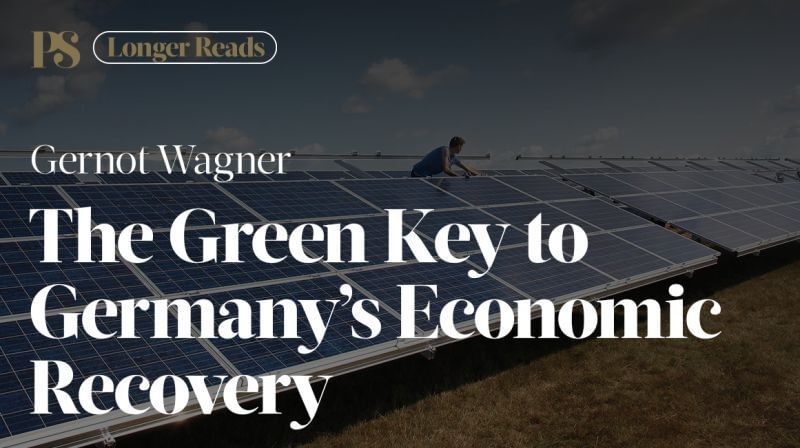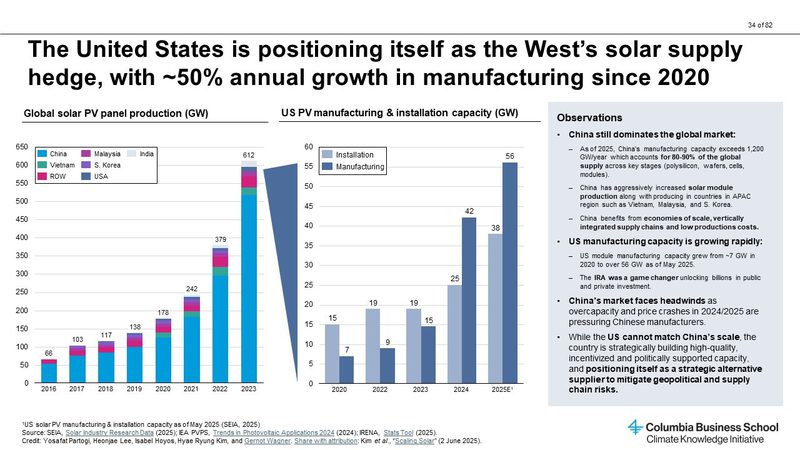10 Years on, Climate Economists Reflect on Stern Review
Q&A with Brian Kahn

Since the Stern Review’s publication, other economists have made estimates of what it would cost to address climate change, but the Stern Review still stands out as a seminal document similar to the Intergovernmental Panel on Climate Change reports on science.
With the 10-year anniversary coming up at the end of October, Climate Central reached out to a group of leading and up-and-coming climate economists dealing with the challenge of valuing climate action now and into the future. Their answers are below, lightly edited for clarity and brevity.
Brian Kahn, Climate Central: What’s the biggest leap that climate economics has made in the 10 years since the Stern Review?
Gernot Wagner: A recognition of how much we don't yet know, in particular about the full impact of climate damages. Sadly, most everything we know about what we don't know — or can't yet quantify — would push the correct carbon price higher still, pushing the $40 'consensus' number ever closer to the original Stern number and perhaps well above. It's those unknowns and perhaps unknowables that put the "shock" into my book “Climate Shock.” It's one thing to quantify what we know. It's another to insure ourselves against the unknowns and unknowables.
Are you hopeful the world will address climate change in a cost effective, equitable way?
It's too late to be pessimistic. Sadly, it's also too late to be able to say that there won't already be a lot of climate hurt baked in. Economists like to insist on the cost-effective solution, but beggars can't be choosers. Bottom line: we need to do much more than we are currently doing. Globally, we are still subsidizing carbon emissions rather than pricing them properly. In the end, we also need to realize that climate policy demands a portfolio approach. That includes mitigation and adaptation. It also includes carbon dioxide removal, which has very similar properties to mitigation in the first place. Lastly, it includes research into solar geoengineering, clearly not as a substitute but as a complement to the first three.
Does stabilizing the climate at 450-550 ppm still seem feasible from an economic and/or scientific perspective?
Could we get there — technically and economically? Yes. Will we? That's a different question. 450-550 ppm, of course, is a big range. Technically, 1.5°C might be achievable. Politically, it is not. So, aim for 1.5°C, but prepare for 2°-3°C or worse.
Climate Central post with answers from Delavane Diaz, Kate Gordon, Amir Jina, and Andrew Steer.


